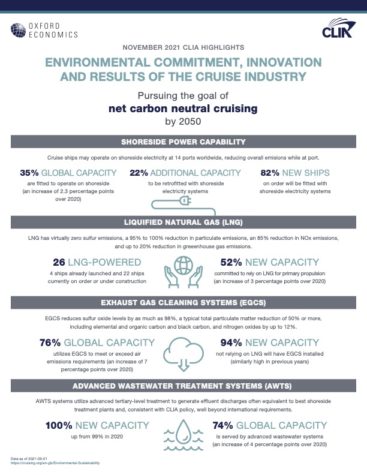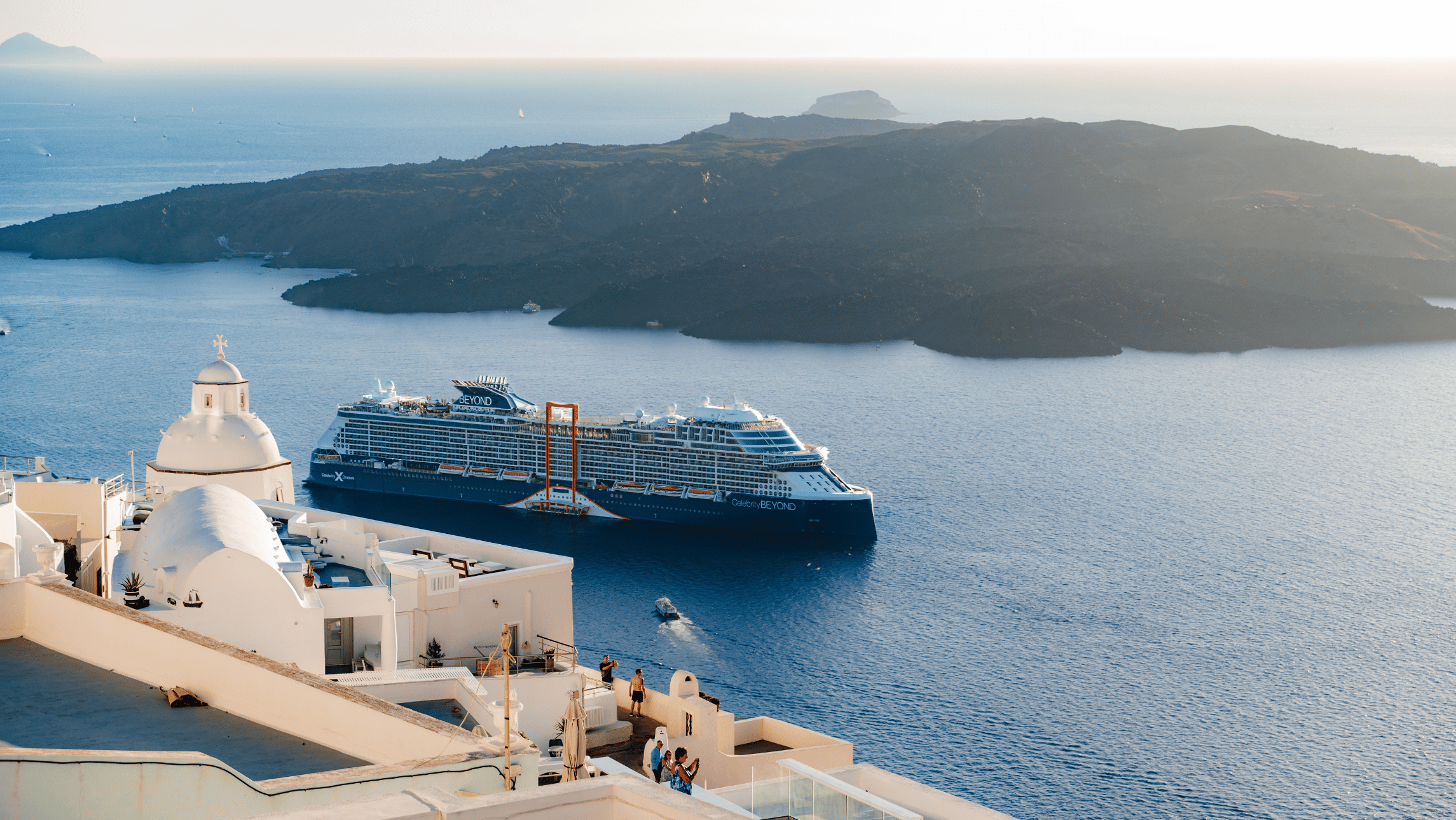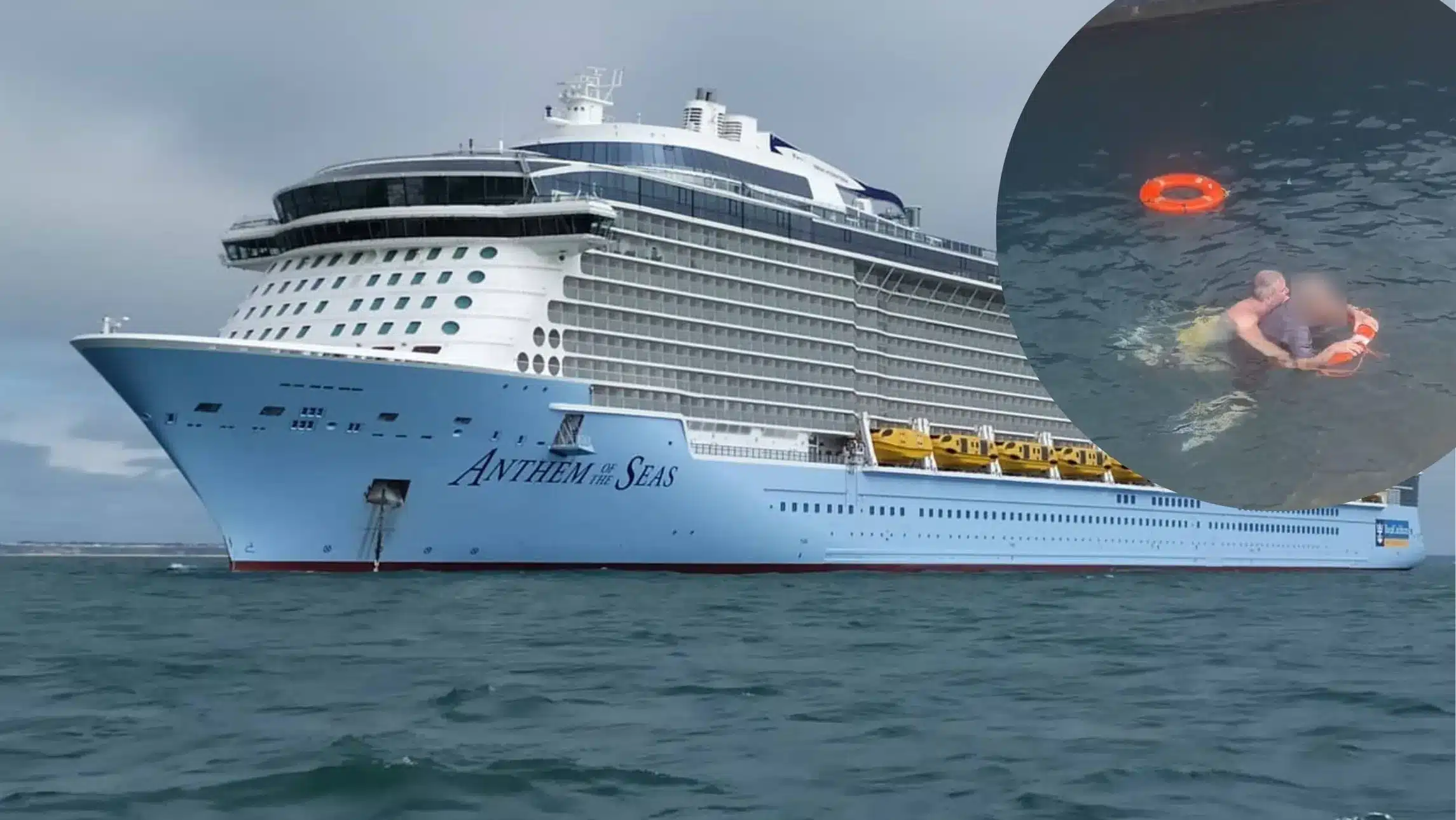After battling a pandemic, now the cruise industry is ready to take on the other global challenge: climate change.
In a new grandly named report – The CLIA Global Cruise Industry Environmental Technologies and Practices and associated Environmental Report by Oxford Economics (OE) – the industry says it is implementing new environmental technologies. And in an age when everyone has a commitment, the report commits to net carbon neutral cruising by the year 2050.
The report produces research which assessed 242 ocean cruise ships, representing 96.7 percent of existing CLIA passenger capacity as well as the build specifications for 62 ships currently on order.
The data showed that new ships were built to more sustainable specifications and existing ships were being retrofitted with new and improved technologies.
Ms. Kelly Craighead said that while cruising has been acutely impacted by the global pandemic, cruise lines are at the forefront of the challenge to develop new environmental technologies which benefit the entire shipping industry.
“Our industry is committed to pursuing net carbon neutral cruising by 2050, and CLIA and our ocean-going members are investing in new technologies and cleaner fuels now to realise this ambition,” she says.
The OE report also addresses the question of whether new, alternative fuels the industry should consider to support environmental progress.
At present, over 75 percent of the global cruise fleet by passenger capacity is now equipped to use alternative fuels in addition to LNG.
The cruise industry is looking at alternative fuels including biodiesel, methanol, ammonia, hydrogen, and electric batteries.
The report says that before those fuels can be used widely there are engineering, supply, and regulatory hurdles to be overcome, but the cruise industry’s investment in new ships is helping to facilitate the research and development of those fuels.
Mr. Pierfrancesco Vago, Chairman of CLIA Global says that the report shows the cruise industry is resilient, innovative, and focused on the future. He says: “We know that there is more to be done but the cruise industry has shown both its commitment and its capability to rise to the challenge.”
“The cruise industry is an enabler of green maritime innovation which will be the key to decarbonisation of shipping. This is why CLIA has joined other maritime organisations to propose a $5 billion IMO research and development fund to accelerate the development of zero GHG fuels and propulsion technologies.”
The report also refers to three key areas that ocean cruise lines are making progress in:
- Shore-side power capability – cruise lines are investing in technologies so that cruise ships can connect to shoreside electricity so that engines can be switched off while the ship is in port. Cruise lines have collaborated with ports and local authorities to increase the ability of such measures. 82 percent of new ships being built are fitting with shore-side electricity capability or existing ships will be configured to add shore-side power in the future. Over a third of ships are fitted to operated on shore-side electricity in the 14 worldwide ports where that capability is provided in at least one berth. This is up 2.3 percent on 2020.
- LNG fuel – Just over half (52 percent) of new builds will rely on LNG, which is up three percent on 2020. Over three quarters (76 percent) rely on Exhaust Gas Cleaning Systems (EGCS), which is up seven percent on 2020 and 94 percent of non-LNG new builds will have EGCS installed, in line with already high levels of investment.
- Advanced Wastewater Treatment Systems – Every single new ship that is built will have advanced wastewater treatment systems. Currently, 74 percent of CLIA ocean cruise line fleet capacity is serviced by advanced wastewater treatment systems, which is up four percent on 2020. Almost 20 percent of fleet capacity is equipped with AWTS approved and can meet the nitrogen and phosphate discharge standards of the IMO MARPOL Annex IV Baltic Sea Special Area.
- CLIA members have committed to a 40 percent reduction in carbon emissions across the global fleet by 2030 compared with 2008, which is consistent with the International Maritime Organization’s (IMO) carbon intensity reduction level of ambition










